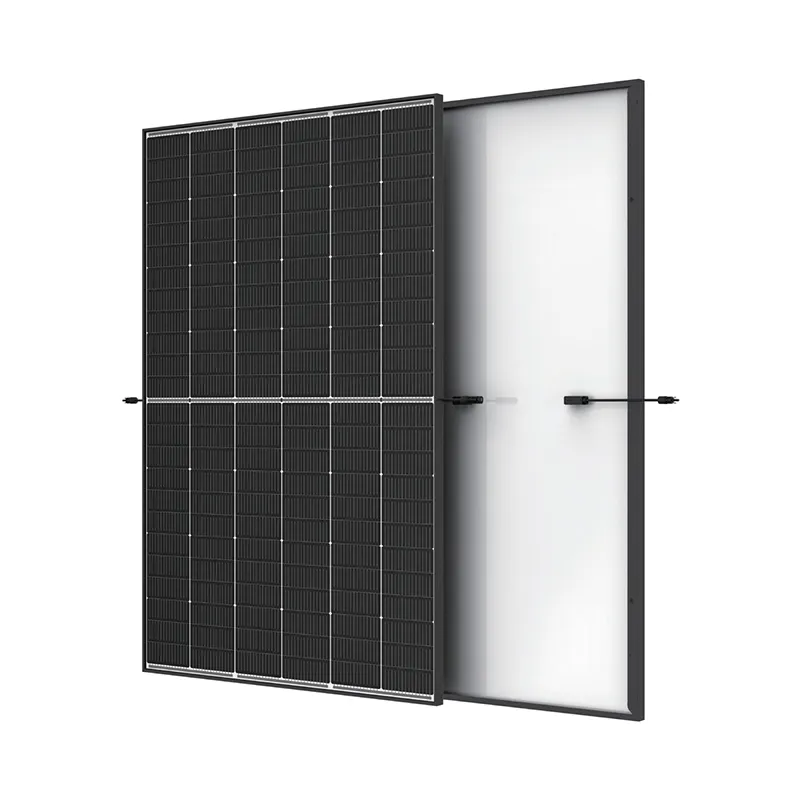Exploring the Efficiency Levels of Monocrystalline Silicon Solar Cells in Renewable Energy Applications
The Efficiency of Monocrystalline Silicon Solar Cells
In recent years, the advancement of renewable energy technologies has become increasingly crucial in our quest for sustainable energy solutions. Among various photovoltaic technologies, monocrystalline silicon solar cells have emerged as one of the most efficient and widely used options. Representing a significant portion of the solar market, these cells are known for their high efficiency and performance, making them a favored choice for both residential and commercial applications.
Understanding Monocrystalline Silicon Solar Cells
Monocrystalline silicon solar cells are made from a single continuous crystal structure, typically produced through the Czochralski process or the float-zone method. This production involves sophisticated techniques that lead to high purity and uniformity of the silicon crystal. As a result, monocrystalline cells have higher efficiency rates compared to their polycrystalline counterparts, which consist of multiple silicon crystals.
Efficiency Rates and Factors Affecting Performance
The efficiency of monocrystalline silicon solar cells can range from 15% to over 22%, with some high-performance models reaching even 24%. Efficiency refers to the ability of the solar cell to convert sunlight into usable electricity. The higher the efficiency, the more electricity the solar cell can generate per unit area.
Several factors influence the efficiency of monocrystalline solar cells
1. Material Quality The purity of silicon used in the manufacturing process is paramount. Higher purity results in fewer defects, leading to improved electron mobility and, consequently, better efficiency.
efficiency of monocrystalline silicon solar cell

2. Cell Design Advances in cell design, such as the implementation of bifacial technology and anti-reflective coatings, enhance the absorption of sunlight and reduce energy losses. These innovations allow monocrystalline cells to capture more light and convert it into electricity effectively.
3. Temperature Coefficient Monocrystalline silicon cells have favorable temperature coefficients, meaning their performance declines less with increasing temperature compared to other technologies. This characteristic is particularly beneficial in warmer climates, as it ensures stable energy production.
4. Shading and Orientation The placement and orientation of solar panels can significantly impact their efficiency. Monocrystalline cells are more efficient under partial shading conditions, making them suitable for urban areas where space is limited, and nearby structures may cast shadows.
Advantages of High Efficiency
The high efficiency of monocrystalline silicon solar cells offers several advantages. First, they require less space for installation due to their higher power output per square meter. This is especially advantageous in urban settings or areas with limited land availability. Additionally, higher efficiency can lead to better overall return on investment, as fewer panels are needed to achieve the same energy output, reducing installation and maintenance costs.
Moreover, the longevity of monocrystalline solar cells adds to their appeal. They typically come with warranties of 25 years or more, demonstrating their durability and long-term reliability.
Conclusion
In conclusion, the efficiency of monocrystalline silicon solar cells is a key factor in their popularity and adoption in the renewable energy sector. With efficiency rates exceeding 22%, these cells offer an attractive solution for generating clean energy. As technology continues to advance, further innovations will likely push the boundaries of efficiency, making solar energy an ever more viable alternative to fossil fuels. As we transition towards a more sustainable future, investing in efficient solar technologies, particularly monocrystalline silicon solar cells, is crucial for reducing our carbon footprint and embracing renewable energy sources.
-
Understanding the Advantages of Solar String Inverters for Your Energy SystemNewsApr.29,2025
-
Choosing the Right PV Inverter: A Comprehensive GuideNewsApr.29,2025
-
The Future of Solar Power: Exploring Bifacial Solar PanelsNewsApr.29,2025
-
The Complete Guide to Solar Panels: Efficiency, Cost, And InstallationNewsApr.29,2025
-
The Best Options for Efficiency and Cost-EffectivenessNewsApr.29,2025
-
Harnessing the Power of Off-Grid Solar Inverters for Energy IndependenceNewsApr.29,2025







